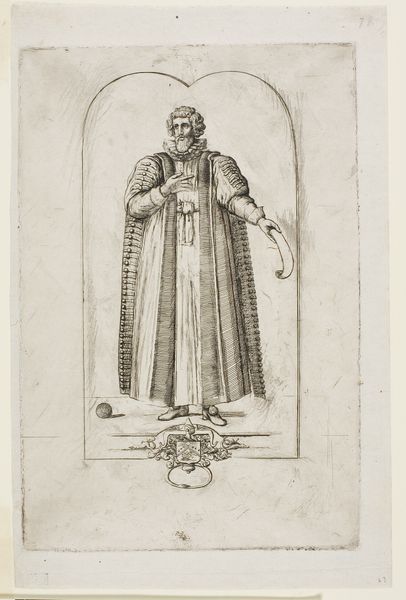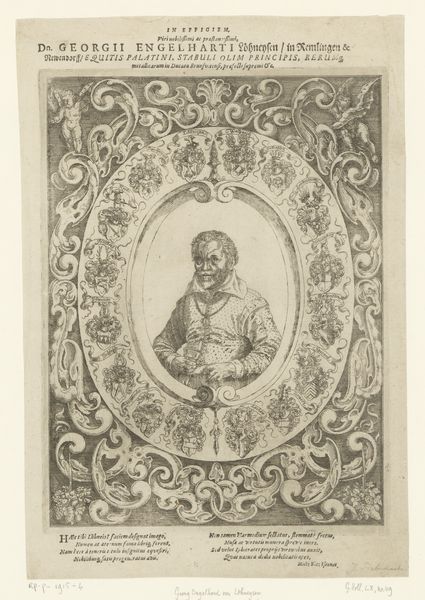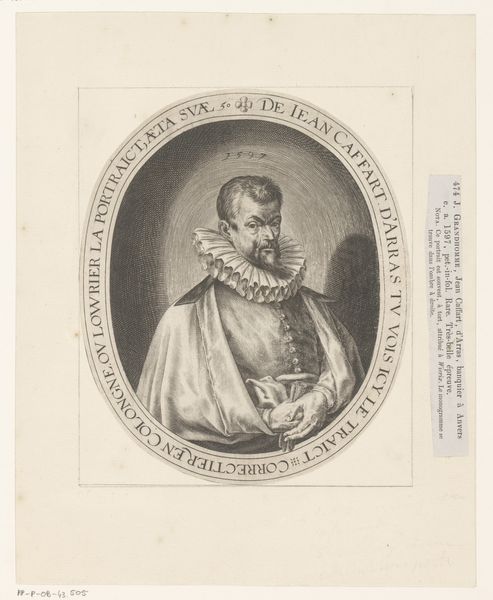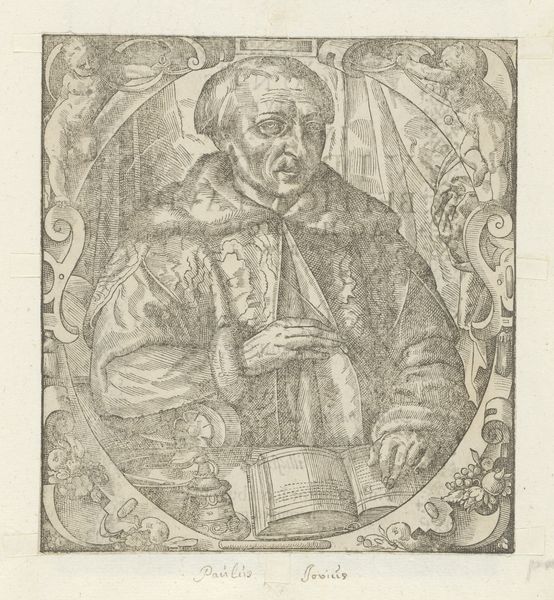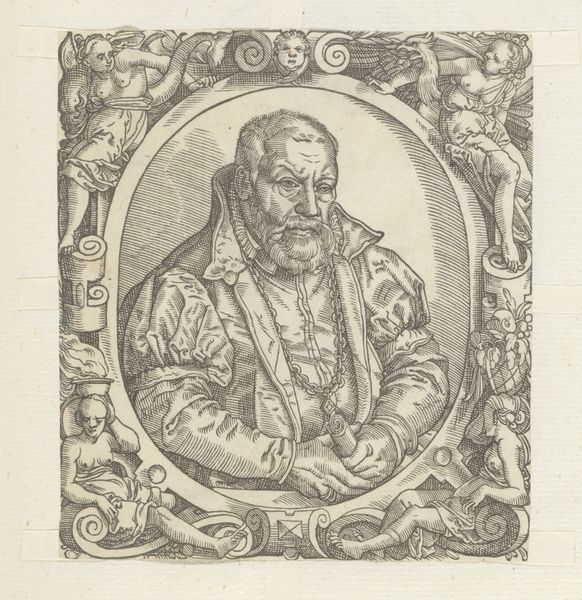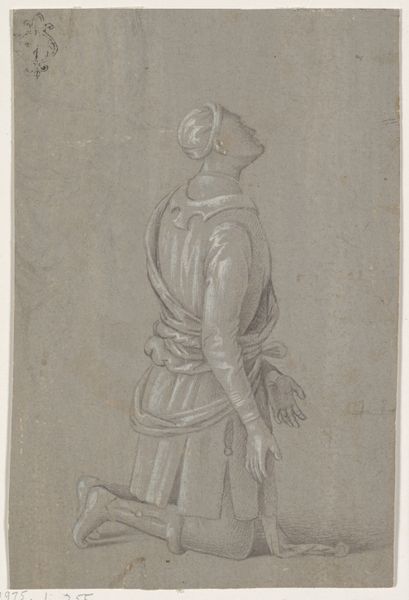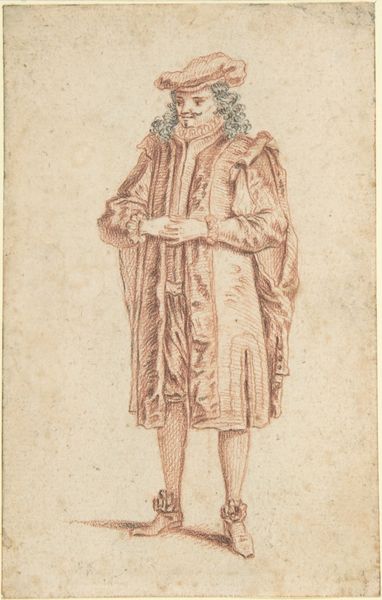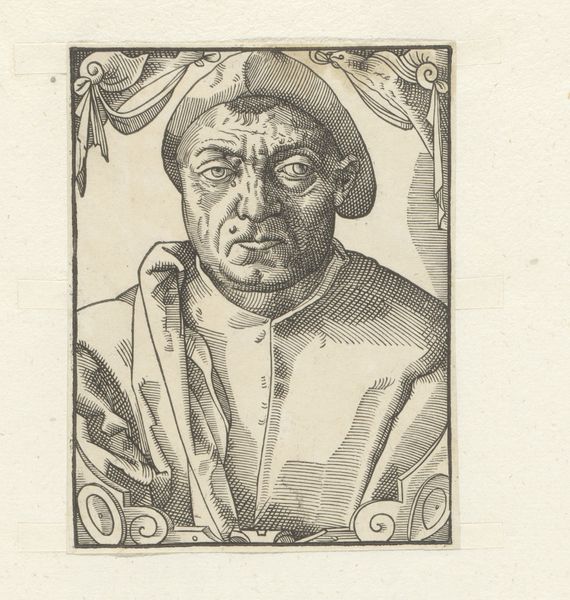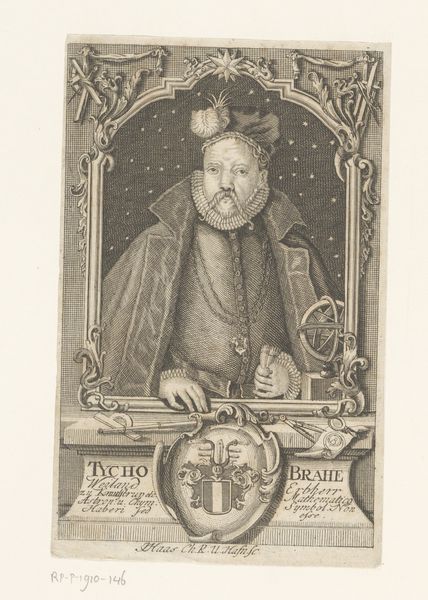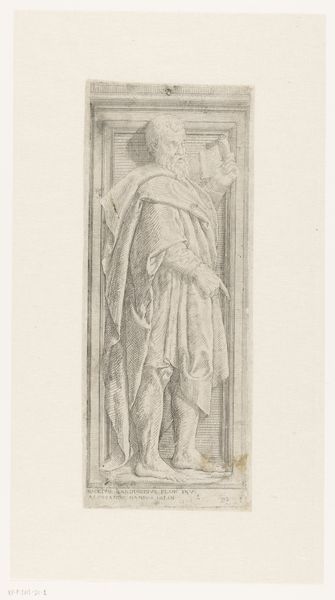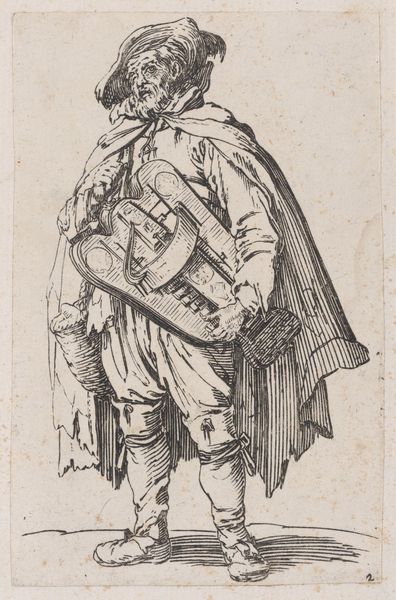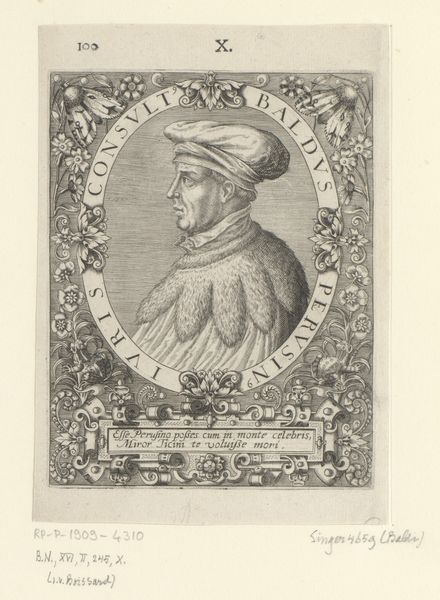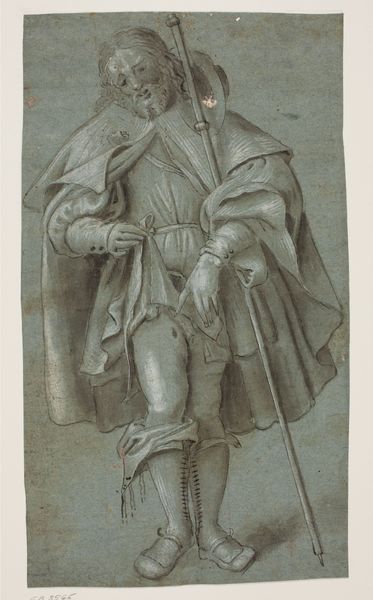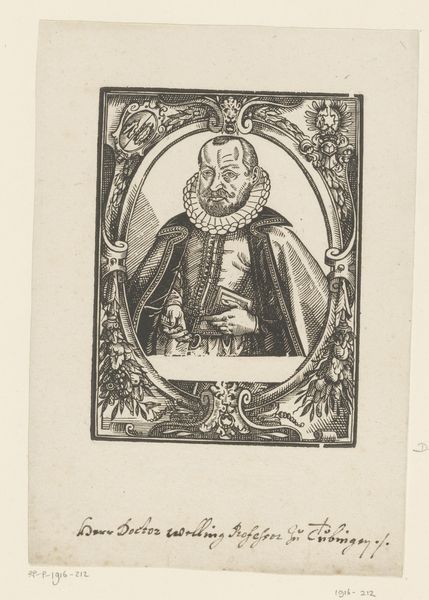
metal, sculpture
#
portrait
#
baroque
#
metal
#
sculpture
#
sculpture
Dimensions: height 62 cm, width 49 cm, depth 25 cm, height 78 cm
Copyright: Rijks Museum: Open Domain
This is Hendrick de Keyser’s bronze bust of William of Orange. Though undated, it speaks volumes about the cultural and political landscape of its time. De Keyser, working in the Dutch Golden Age, captures William, not just as a nobleman but as a symbol of Dutch resilience. The bust presents William adorned in armor and a ruff, classic symbols of status, power, and military prowess. However, bronze as a medium introduces an interesting dynamic. It carries a weighty sense of permanence, and has historically been used to immortalize figures of importance. Yet, its golden finish suggests wealth and prosperity, reflecting the booming Dutch economy during the Golden Age, achieved through global trade, and also, we must acknowledge, through colonial exploitation. Consider the expression on William’s face; it’s not overtly triumphant, but rather thoughtful, hinting at the complex responsibilities he carried. The bust becomes a study of identity, shaped by both personal and national narratives, asking us to reflect on the legacies we choose to honor.
Comments
rijksmuseum about 2 years ago
⋮
William of Orange is murdered in 1584. Philip II ordered this assassination, but he does not regain his country. In 1588 the northern part of the Netherlands officially becomes a republic. Orange is considered the Father of the Fatherland. This bust of William is based on the portrait on his tomb in the Nieuwe Kerk in Delft, a monument that was constructed 35 years after his death.
Join the conversation
Join millions of artists and users on Artera today and experience the ultimate creative platform.
